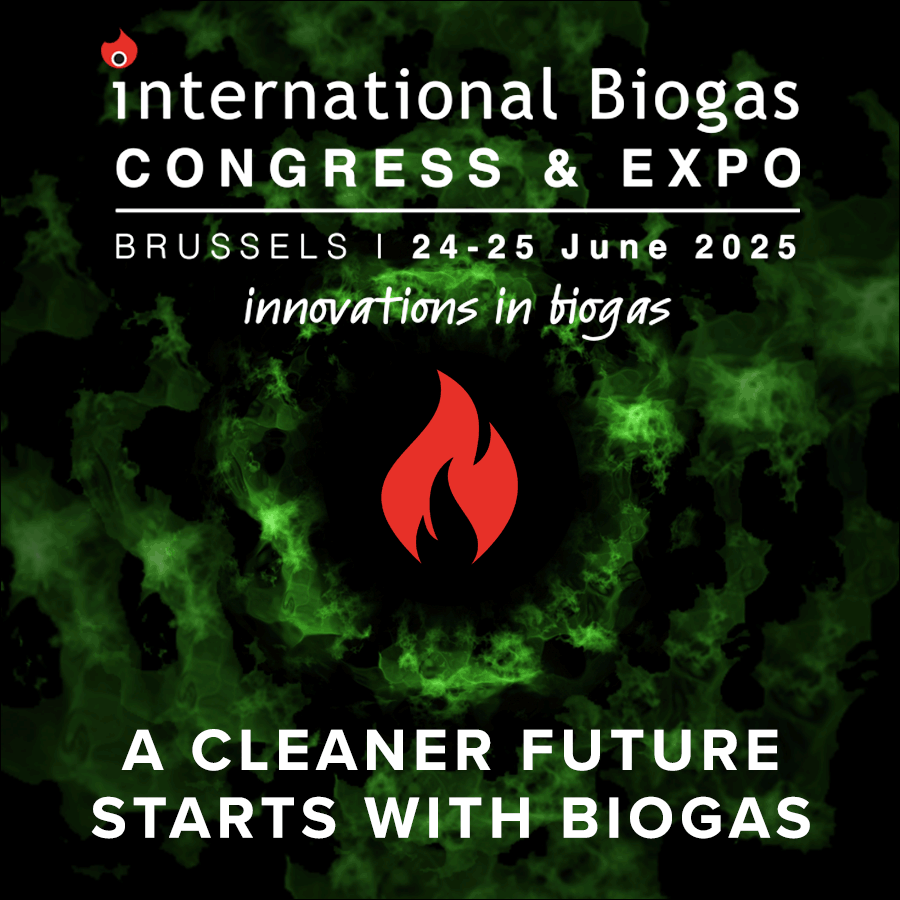Hitachi Zosen Inova to build biogas upgrading facility for WTE
The project, starting up this summer, will upgrade biogas into a carbon-negative vehicle fuel. The membrane-based gas upgrading facility will have a nominal throughput capacity of over 960 Nm3 per hour. It will take biogas produced through the anaerobic digestion (AD) of manure and slurry from approximately 6,500 dairy cattle and upgrade it into biomethane or RNG. The AD systems for digesting the dairy waste are being constructed by DVO.
The plant will also separate out the CO2 contained in the biogas and all other undesired components from the methane, upgrading this to make the natural gas substitute RNG, which can be fed into the grid. The first feed-in is planned for early summer.
The plant design was developed by HZI BioMethan, a subsidiary of HZI, which specialises in gas upgrading systems. Working with its North American entity, HZIU, the company has developed a design specifically for the North American market, which is a standardised, economical plant set-up that meets the requirements of the American Society of Mechanical Engineers – the M series Model L membrane system.
“It’s currently a particularly interesting proposition for dairy farms,” said Mike Phillips, director of sales for North America at HZIU in Knoxville, Tennessee, and part of the team that developed the project with WTE.
“WTE is well known for biogas projects of this kind with dairy operations in the western US, where it has great potential for reducing national carbon emissions by producing RNG.”
Doug Van Ornum of WTE commented: “In the HZI Group, we’ve found a highly capable partner with many years of experience, the appropriate technology, and in-depth know-how in interfaces.
“With fully comprehensive engineering, system design and plant construction, as well as commissioning, we can offer our customers a completely integrated solution on a turnkey basis.”
Besides the membrane system, the scope of supply includes coarse desulphurisation; raw gas pre-treatment and catalytic deoxidation equipment; a compression unit for compressing the gas; on-site installation, and programming and commissioning for feed-in into the local natural gas grid.

















